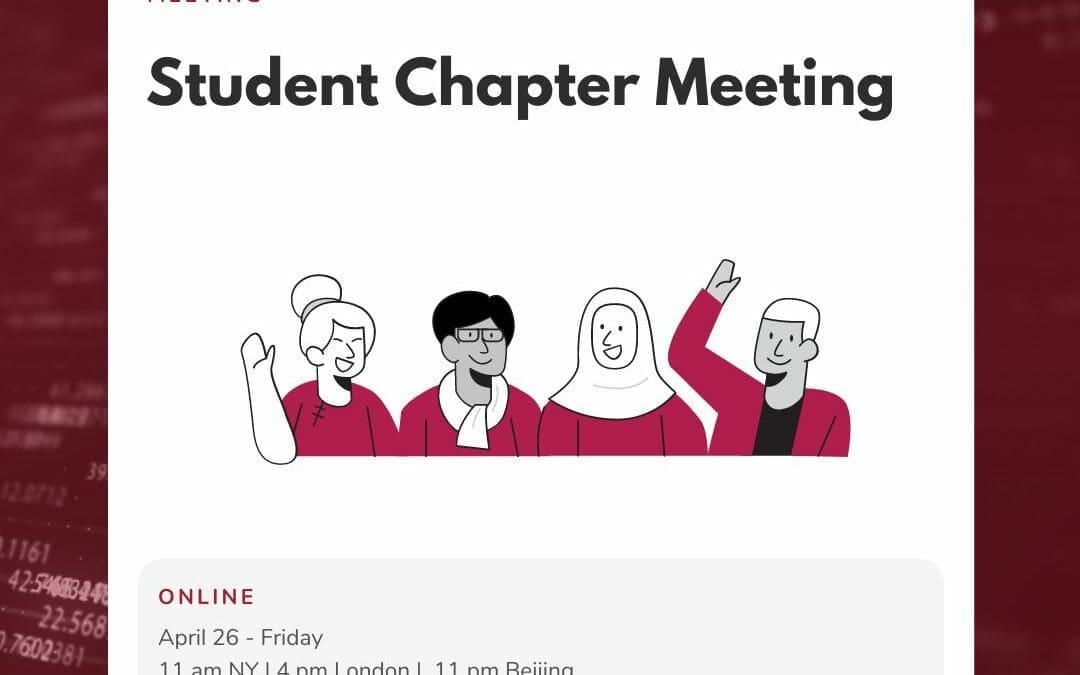Practitioner Profiles: Peter Lacey, Whole Systems Partnership
Welcome to Practitioner Profiles, a series of up-close blog-length interviews with experienced System Dynamics practitioners. We have a standard set of 10 questions and let practitioners take the responses in any direction they choose. They tell us about who they are, how they got involved with the field, how they work with clients, and in what new directions they may be heading. A new profile will be posted every few weeks during 2021.
For any questions or comments, please contact the editors of these interviews, Dr. Jack Homer (jack@homerconsulting.com) and Dr. Saras Chung (saras@skipdesigned.com).
For today’s spotlight, we talked with Peter Lacey at Whole Systems Partnership.


What does Whole Systems Partnership do?
We work in the health and care sector in the UK, predominantly advising on strategic demand and capacity challenges.
What is distinctive about your approach?
We pride ourselves on integrating SD within a strategic learning cycle and seeking to bring insight alongside other techniques and approaches. We’re certainly not a one-horse show. We develop insight for clients in complex strategic challenges, with SD playing a strong supporting role.
What is your role in the organization?
I am Director and owner of WSP, which has a team of eight core employees and a similar number of associates. I lead some projects directly and oversee others, undertaking model building as well as engagement with clients. We have four members of the team, including myself, who are competent in SD modelling, but all the rest understand and engage with the contribution that SD makes.
How did you originally get interested in SD, and when was that?
1992. I was pulled into a project due to the illness of a colleague and received training from Eric Wolstenholme as part of the deal!
What accomplishments are you proud of?
We get positive feedback from clients, particularly clinicians or senior leaders, where the pressure to conform to linear or reductionist thinking is strong. We win little battles there that signal real changes in mindsets. Also, we have developed models and approaches that have gone on to influence significant national agendas including whole system workforce challenges and priorities such as the current COVID crisis – not always easy but well worth the effort.
What challenges have your experienced with the SD work?
We often experience a cultural or philosophical resistance to seeing the world as connected, people preferring to look for answers in siloed ways of thinking. A command-and-control mentality, or an overreliance on “modelling the data”, can leave senior leaders unable to think broadly or develop insights that are beneficial and have practical value.
What kinds of SD project work would you like to be doing over the next five years?
We’re doing more modelling of population health and how that relates to service demand and capacity, but we’d also like to explore further how health and wellbeing is a function of a wider set of factors. We’re also doing some conceptual hard work to understand how personal and institutional relationships within local communities may lead to greater resilience and fewer health inequalities. These are exciting areas where SD insights may be able to correct past mistakes that have been made.
Are there any changes you would like to make in how you approach SD project work?
I’d like to see a greater emphasis on visualisation and how models can best support learning. Also, more integration of SD with other analytical and modelling approaches. Systems thinking and SD modelling can provide baseline skills for a wide range of modelling approaches and should not be positioned merely as an add-on or simple alternative. The ability of SD to generate insights quickly makes it ideal in entry-level training and development. I’d also like to see much more training for the people who use the outputs from SD models within client organizations. It is not enough that they get some technical training, but they also need to know how to interpret and reformulate their bosses’ questions to make a model useful—and avoid being “fed to the lions”.
Have questions/comments? Reach out to Peter Lacey or leave a note below!
Recent Posts
Society Governance Updates
Society Governance Updates Welcome, Allyson! New President Allyson Beall King joined the Policy Council as our 2024 President. Her primary role is as director of the Washington State University School of the Environment, which focuses on regional ecologies and our...
Call for Presenters: Seminar Series
Call for Presenters: Seminar Series We at the System Dynamics Society are continually seeking vibrant and knowledgeable presenters for our ongoing Seminar Series. As we unfold the calendar, there’s always a place for more insights, experiences, and expertise to enrich...
Honoring Excellence: A Glimpse into the Awards of the International System Dynamics Conference
Honoring Excellence: A Glimpse into the Awards of the International System Dynamics Conference The International System Dynamics Conference brings together experts, practitioners, and students to exchange ideas, showcase real-world applications, and celebrate...
Upcoming Events

Student Chapter Meeting April 2024
We welcome all students to join us for this Student Chapter meeting! We want to provide students with an opportunity to generate ideas for Student Chapter activities, plan the Student Chapter Meeting at ISDC 2024 and fundraising campaign/raffle, organize a SC...
Recent Business cases
Solving Bottlenecks in Dairy Production Facilities with System Dynamics
Solving Bottlenecks in Dairy Production Facilities with System Dynamics EXECUTIVE Summary FrieslandCampina faced potential bottlenecks in production due to the merging of two factories. They hired SD&Co which employed system dynamics simulation models to predict...
A Design Value Calculator: A System Dynamics Boardgame
A Design Value Calculator: A System Dynamics Boardgame EXECUTIVE Summary Product design is a specific form of complex innovation that touches all areas of an organization’s management. While entrepreneurs recognise the value of design, they often tend to focus...
The World Bank Uses System Dynamics to Identify Root Causes of Poverty
The World Bank Uses System Dynamics to Identify Root Causes of Poverty EXECUTIVE Summary Madagascar has one of the highest poverty rates in the world. In 2022, an astonishingly three out of every four people in Madagascar lived below the poverty line. Poverty has...



